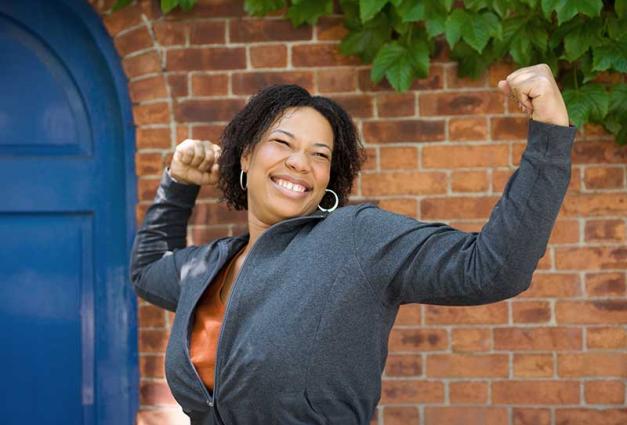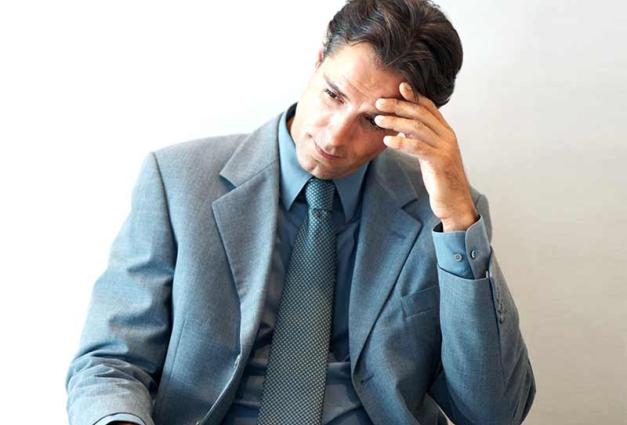Via social media, dating apps, and job applications, photographs have become very important for forming impressions and making evaluations. In this dominantly visual social world, photographs are therefore more decisive than ever in determining whether two people will ever meet each other.
There are certain looks that appeal to an average person. People who appear healthy, energetic, laughing, physically attractive, or neatly dressed are, on average, evaluated more positively. Smiling in photographs is also generally liked, but the appeal of smiling depends on whether it looks authentic or not. The more authentic-looking smiles involve activation of the cheek raiser muscle that creates crow’s feet around the eyes. These smiles are generally evaluated more positively than smiles that involve only the mouth.
While certain types of appearance are appealing to the average eye, this does not rule out that, at the same time, fondness for certain looks also lies in the eye of the beholder. My colleagues and I at the University of Helsinki asked 385 people to rate their personal preferences for a set of knee-up portrait photographs of other people with diverse looks and appearances. We confirmed the general photographic appeal of people who were rated by expert observers as healthy, stylish, laughing, energetic, relaxed, warm, feminine, or physically attractive. Smiles that looked authentic were also evaluated positively and inauthentic-looking smiles negatively.
But, more importantly, we also found that participants varied in the degree to which the different appearances were liked. Not all people found warm, energetic, and people with authentic-looking smiles appealing, albeit these characteristics were generally more welcomed than their opposites, cold or tired appearances, tight-lipped facial expressions, or smiles that looked inauthentic.
Actually, differences between observers in the degree of liking of certain types of looks were more of a rule than an exception. What could account for this? We decided to test if photographic appeal is in the personality of the beholder. We used five broad personality traits (Neuroticism, Extraversion, Openness to Experience, Agreeableness, and Conscientiousness) to test if these traits are associated with individual preferences in photograph preferences.
Indeed, liking certain types of looks in photographs is associated with personality traits. People who scored high in Openness to Experience liked the type of looks that are often associated with the looks of open people. That is, open people preferred distinctive rather than ordinary, non-traditional rather than traditional, and unpreparedness rather than people who were well-prepared for the portraits. Open individuals also gave less weight to physical attractiveness as compared to an average person.
Conscientious and extraverted individuals, on the other hand, preferred some of the things that open individuals disliked, for example, being prepared and dressed up for the photo shoot. Extraverted individuals also were the fondest of healthy and physically attractive looks. Because extraverted, open, and conscientious individuals are themselves known to possess the type of looks and appearances they were fond of in the photographs of other people, our findings support the well-established fact that perceiving similarity to oneself in others breeds attraction. On the other hand, agreeable individuals also liked non-traditional and distinctive looks more. This may be indicative of the lower prejudice of agreeable people; they might be less judgmental and more accepting of looks that are not typical.
Liking and disliking the smiles that looked inauthentic was also associated with personality. Neurotic people disliked those smiles, possibly reflecting that neurotic individuals could interpret such smiles as deceitful or with hidden intents. Disagreeable people, on the other hand, who are not as motivated to scrutinize others’ intentions, did not penalize those smiles as much as an average person did.
So, how should one appear in a photograph? Although our study supports the idea that stylish, energetic, laughing, smiling with both mouth and eyes, warm, and relaxed appearances are generally positively evaluated by others, this also depends on whom you want to appeal to the most. If you are motivated to appeal to disagreeable individuals, you don’t need a smile that lights up your whole face, but in general such a smile creates the best impression. If you want to be liked by extraverted and conscientious people by preparing well or dressing up in more traditional choice of clothing, you could end up looking less favorable in the eyes of open people. It is therefore important to know your audience.
For Further Reading
Gunnery, S. D., Hall, J. A., & Ruben, M. A. (2013). The deliberate Duchenne smile: Individual differences in expressive control. Journal of Nonverbal Behavior, 37(1), 29–41. doi:10.1007/s10919-012-0139-4
Lönnqvist, J. E., Ilmarinen, V. J., & Verkasalo, M. (2021). Who likes whom? The interaction between perceiver personality and target look. Journal of Research in Personality, 90, 104044. doi:10.1016/j.jrp.2020.104044
Naumann, L. P., Vazire, S., Rentfrow, P. J., & Gosling, S. D. (2009). Personality judgments based on physical appearance. Personality and Social Psychology Bulletin, 35(12), 1661–1671. doi:10.1177/0146167209346309
Ville-Juhani Ilmarinen is a postdoctoral researcher in an Academy of Finland-funded project led by Professor Jan-Erik Lönnqvist at the Swedish School of Social Science at the University of Helsinki.




